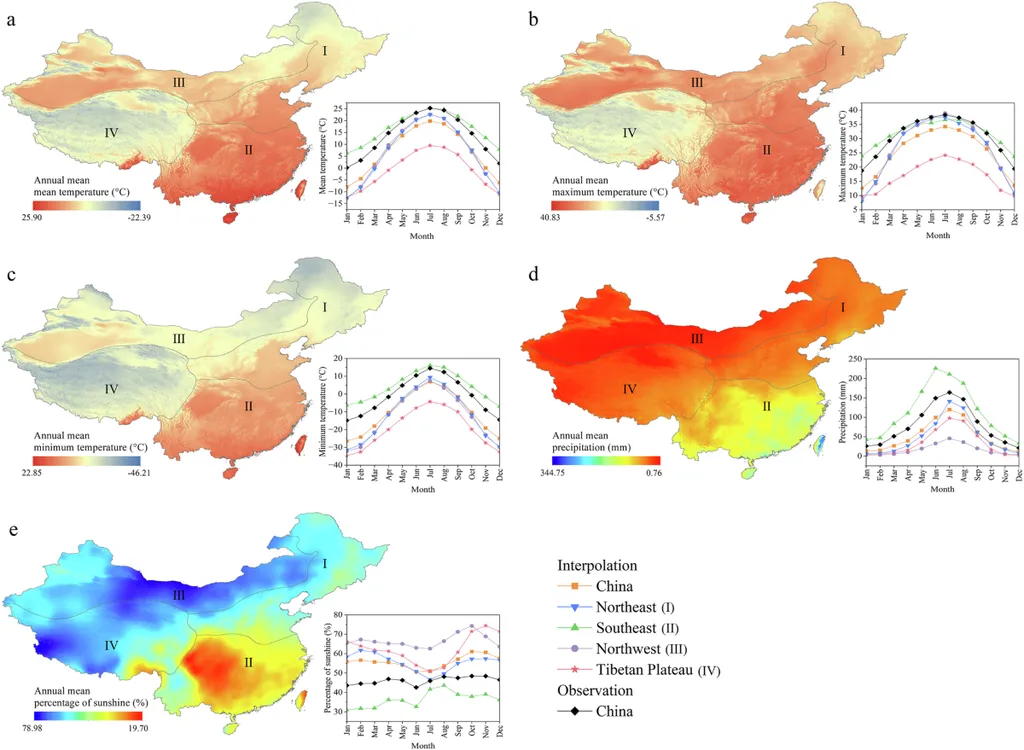In a groundbreaking development for climate monitoring and meteorological research, a team of scientists led by Ran Huang from the School of Automation at Hangzhou Dianzi University has introduced a novel scheme for creating seamless global maps of daily mean air temperature (DMAT) at an unprecedented 1-kilometer spatial resolution. This innovation, detailed in a recent study published in *Ecological Informatics* (which translates to *Ecological Information Science*), leverages satellite and auxiliary data to provide a more comprehensive understanding of terrestrial meteorological and climatic conditions.
The Seamless Global Mapping of Daily Mean Air Temperatures (SGM_DMAT) scheme is a two-phase process. The first phase involves estimating DMAT under clear-sky conditions using data from the Moderate Resolution Imaging Spectroradiometer (MODIS) on the TERRA and AQUA satellites. The second phase reconstructs missing values under cloudy conditions, ensuring a continuous and robust dataset. The study utilized data from 2020 to 2022 for calibration and data from 2023 for validation, demonstrating the scheme’s accuracy and reliability.
“Combining all valid MODIS daytime and nighttime land surface temperature (LST) observations under clear-sky conditions, and applying spatial-temporal analysis techniques with reference images for cloudy days, ensures robust and seamless DMAT estimation,” explained Huang. The team employed the Extreme Gradient Boosting (XGBoost) model, which proved to be the optimal method for DMAT estimation. The feature dataset included satellite-derived LSTs, latitude, longitude, elevation above sea level, month, and day of the year.
The results were impressive, with a coefficient of determination (R²) of 0.956, a root mean square error (RMSE) of 2.825°C, and a mean absolute error (MAE) of 1.985°C. These metrics highlight the scheme’s high accuracy and potential for widespread application.
The implications of this research are vast, particularly for the energy sector. Accurate and seamless DMAT maps can significantly enhance trend analysis, urban heat island research, and the assessment of crop stress due to temperature extremes. For energy companies, this means better forecasting and management of resources, leading to more efficient operations and reduced costs.
“Our seamless global DMAT products have broad applicability, including in trend analysis, urban heat island research, and assessment of crop stress due to temperature extremes,” Huang noted. This innovation could be a game-changer for regions lacking sufficient meteorological stations, providing critical data for climate monitoring and energy management.
As the world grapples with the impacts of climate change, the need for accurate and reliable meteorological data has never been greater. The SGM_DMAT scheme offers a promising solution, paving the way for more informed decision-making and strategic planning in the energy sector and beyond. With its high resolution and seamless coverage, this technology could revolutionize how we understand and respond to our changing climate.

